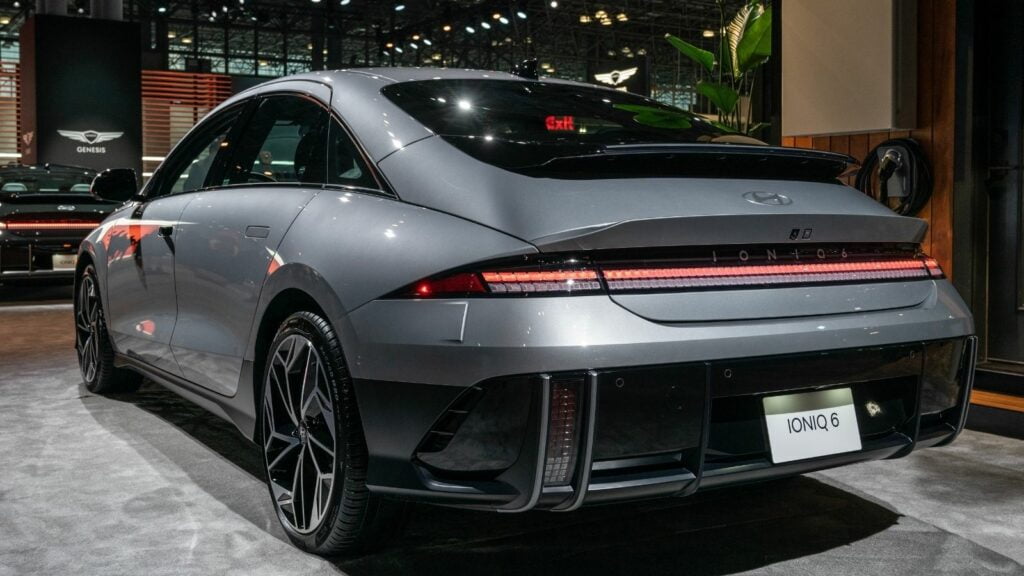While Canada moves toward a cleaner and electrified future, recent international tensions and changes in trade policy have ignited a new threat through the tariffs. The new tariffs may potentially target a broad array of imported electric cars (EVs), which makes it more expensive and more difficult for drivers in Canada to get behind the wheel of some of their most popular battery-powered vehicles. Here are 22 electric vehicles threatened by new tariffs:
Tesla Model X
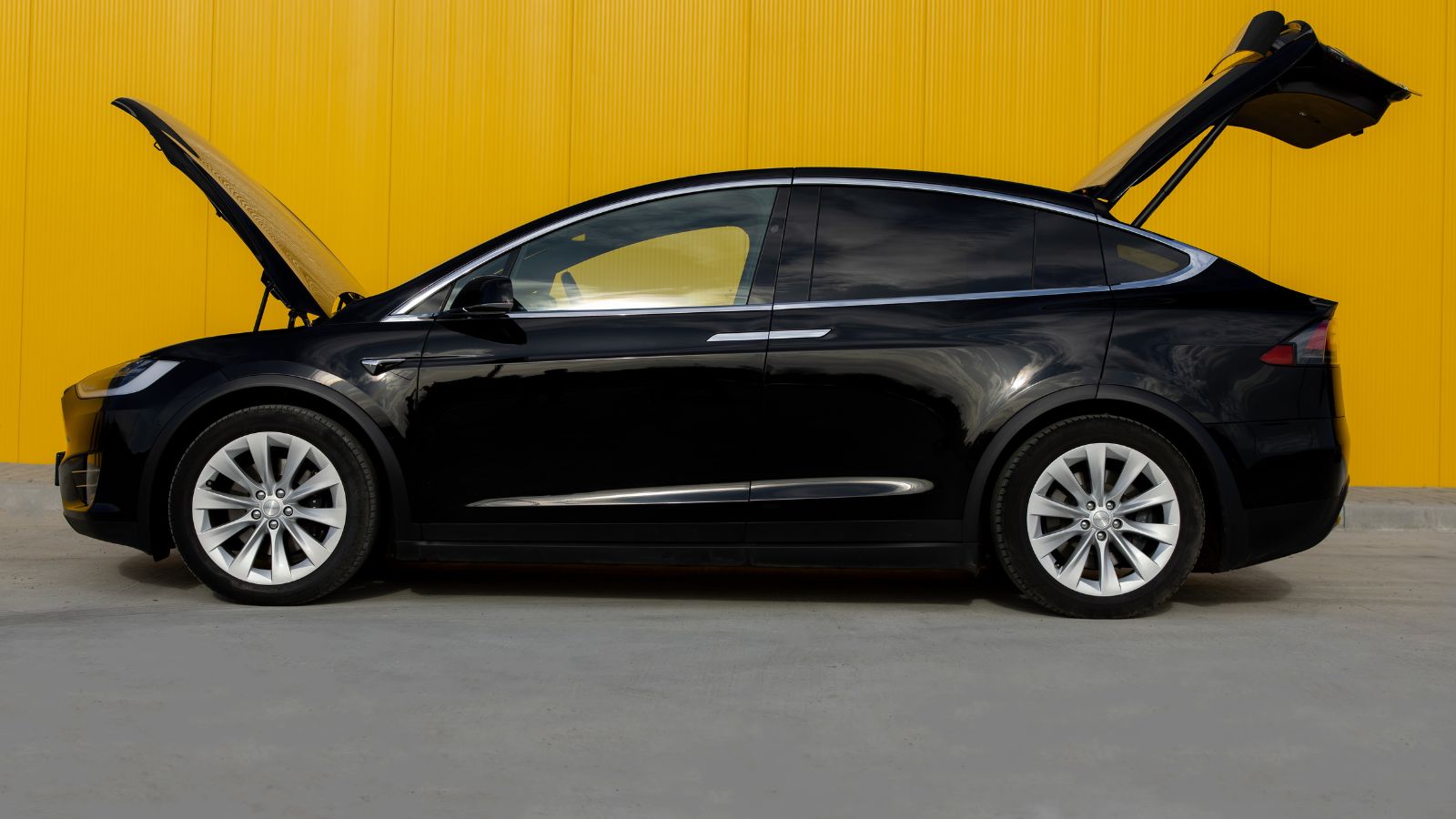
Introduced in 2015 and penned by Tesla design chief Franz von Holzhausen, the Tesla Model X is still the gold standard for luxury electric SUVs. With its twin-motor all-wheel-drive powertrain and robust battery configuration, the Model X accelerates from 0 to 60 mph in a stunning 3.8 seconds in its Long Range model and an eye-opening 2.5 seconds in the Plaid model. The Model X is futuristic and minimalist inside, focusing on a huge 17-inch touchscreen and digital instrument cluster.
BYD Han EV
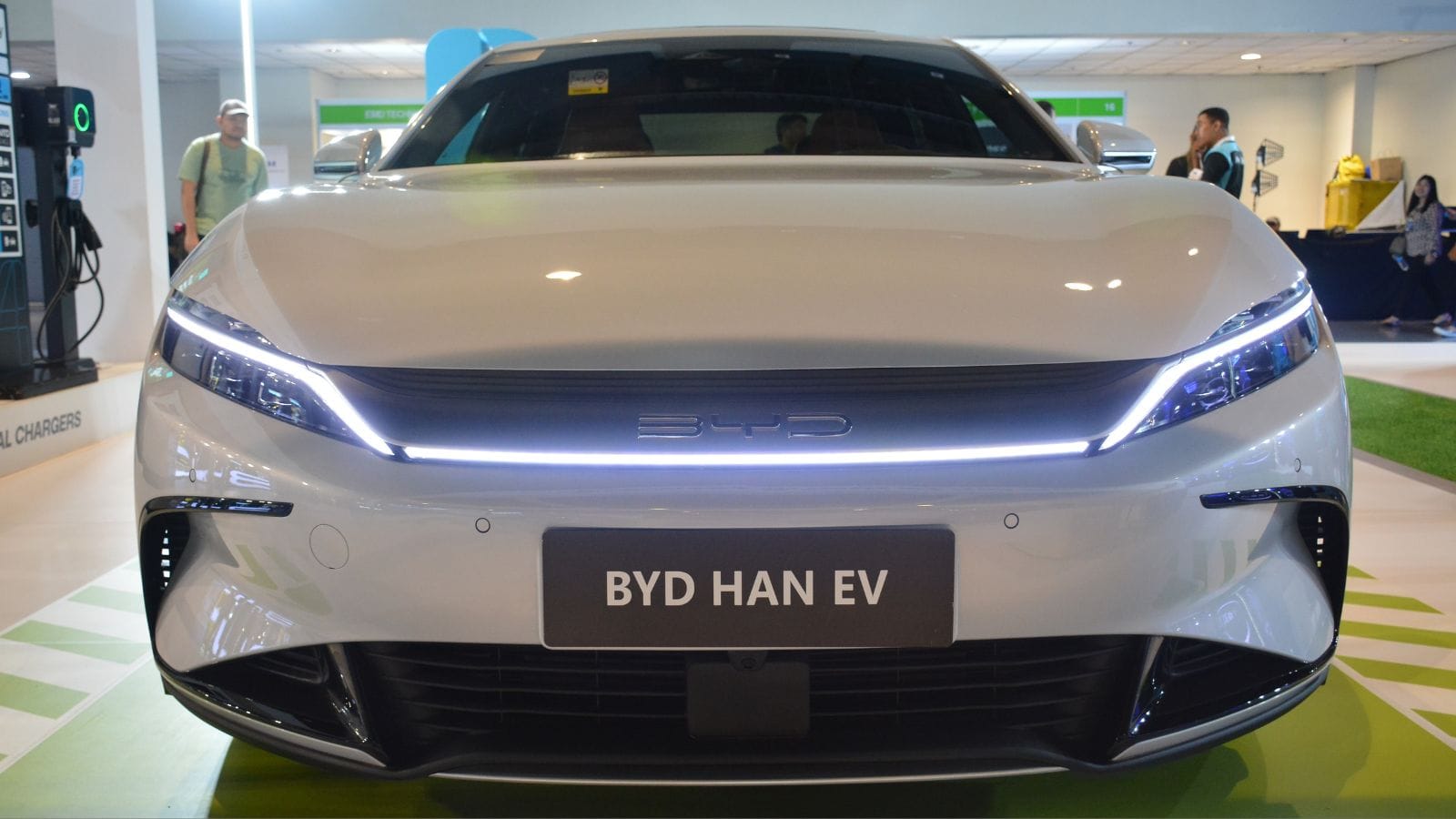
China’s luxury electric sedan, the BYD Han EV, debuted in 2020. Its dual-motor system develops as much as 494 horsepower, allowing the Han EV to sprint from 0-60 mph in roughly 3.9 seconds. Its powerplant is a full-electric permanent magnet synchronous motor that delivers silent-smooth acceleration. The inside of the Han EV is swathed in rich Nappa leather, ambient lighting, and a rotating 15.6-inch touchscreen infotainment system. The luxury, performance, and value it provides have made it a legitimate player in global EV markets if it can navigate the tariff wall.
NIO ET7
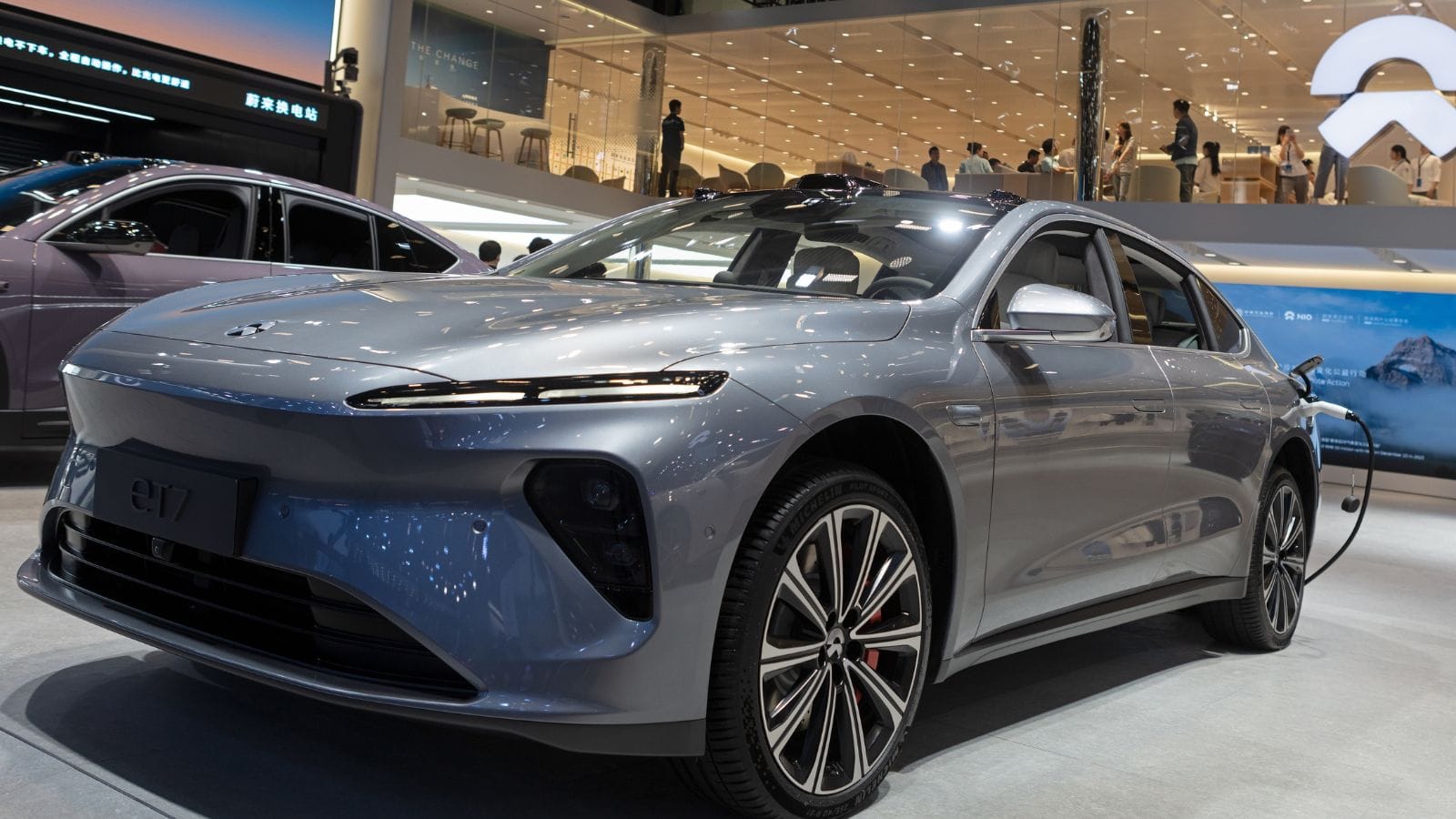
Unveiled in 2022, the NIO ET7 sedan is a luxury electric competitor to German titans. It has a dual-motor AWD setup and can accelerate from 0 to 60 mph in 3.8 seconds. The ET7 is powered by NIO’s electric drive system, which combines permanent magnet and induction motors with a whisper-quiet cabin that makes every drive feel like a quasi-spiritual retreat. Inside, the ET7’s interior is a living room from a Scandinavian catalog with soft-touch microfiber, open-pore wood trim, and a 12.8-inch AMOLED screen that tops the front cabin.
XPeng G3i
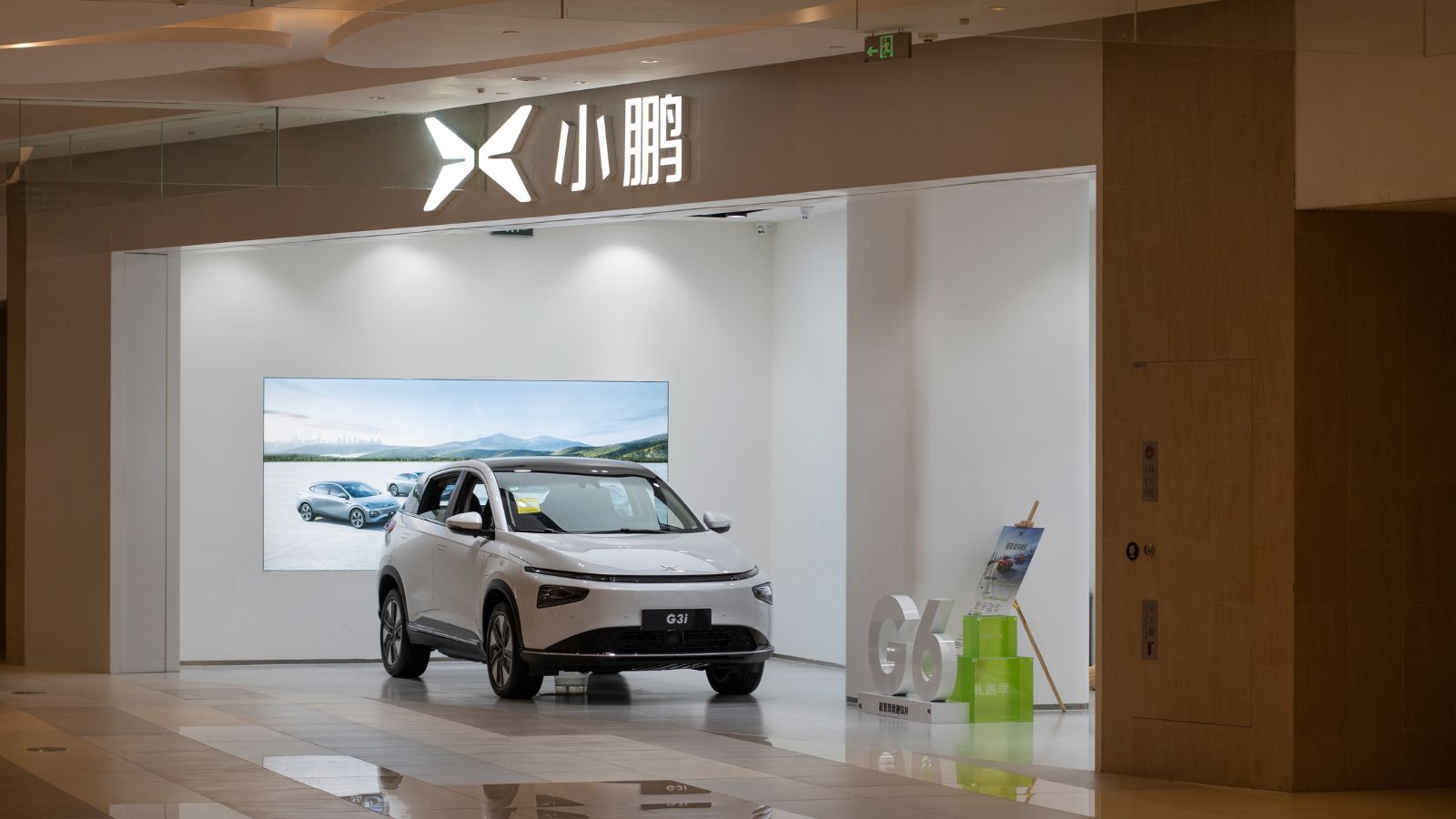
XPeng’s G3i is a later iteration of its small electric SUV, which originally debuted in 2018 and was fully redesigned in 2021. It boasts a front-driven electric motor with up to 197 horsepower, accelerating to 0 to 60 mph in approximately 8.6 seconds, which makes it more of an urban commuter than a track beast. The interior is spotless and tech-focused, featuring synthetic leather seats, a 15.6-inch vertical display, and XPILOT driver-assist software. XPeng compensates for its lack of punch with ample cabin space, a large panoramic roof, and some very clever voice controls, so it’s a good urban EV for Canadian cities if tariffs don’t push it out of price range.
Polestar 2
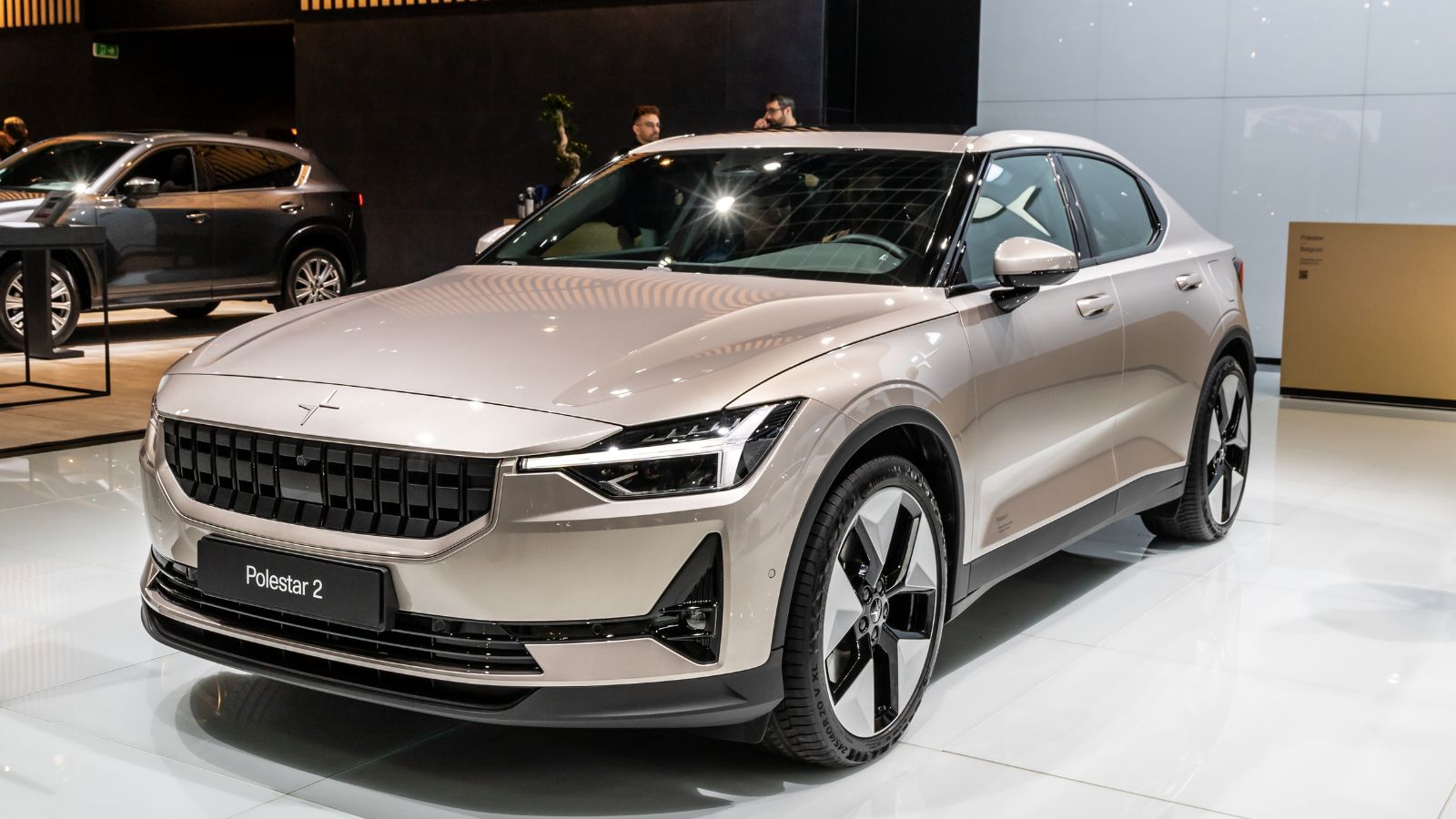
A joint Swedish-Chinese venture by Volvo and Geely, Polestar 2 was launched in 2020. It’s an AWD dual-motor variant that can reach 0 to 60 mph in around 4.5 seconds, backed by a 78-kWh battery and a 408-hp powertrain. Polestar 2 is among the first cars with an Android Automotive OS interface, shown on an 11-inch portrait screen. It has Nordic and edgy designs with vegan-friendly “WeaveTech” trim, aluminum inlays, and a floating center console, giving it a certain modernism.
Volvo EX30

The completely new Volvo EX30, released in 2023, is Volvo’s most affordable and smallest electric SUV. Equipped with a single rear motor or dual motors for AWD, the quickest model accelerates from 0 to 60 mph in a mere 3.4 seconds, making it the fastest Volvo. Despite its tiny footprint, the interior is light and intelligent. The upholstery features responsibly sourced materials such as flax and wool blends, and the EX30 delivers both tech and sustainability, qualities that would be compromised if tariffs push prices out of reach.
Hyundai Ioniq 5
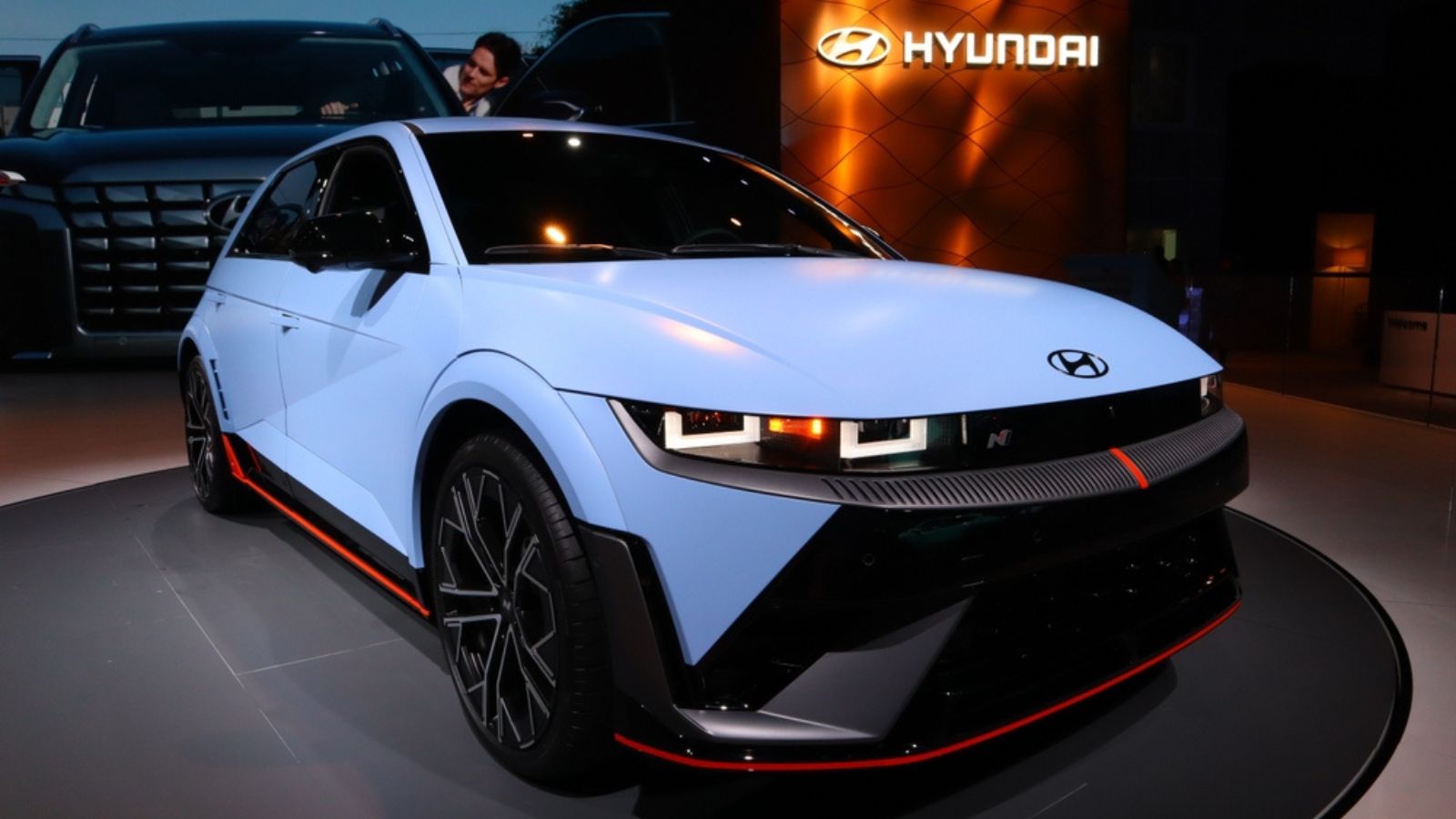
Hyundai’s design-forward Ioniq 5 burst onto the scene in 2021. This EV offers a rear-wheel or all-wheel-drive configuration and clocks a 0 to 60 mph time as low as 5.1 seconds for the AWD version. Built on Hyundai’s E-GMP platform, the Ioniq 5 looks like a concept car that has come to life. It has an open-floor design, dual 12.3-inch digital screens, and eco-friendly materials such as plant-based leather and recycled PET fabric. The rear seats can recline, a sliding center console moves forward and backward, and a Vehicle-to-Load (V2L) mode can charge up laptops or camping equipment.
Kia EV6
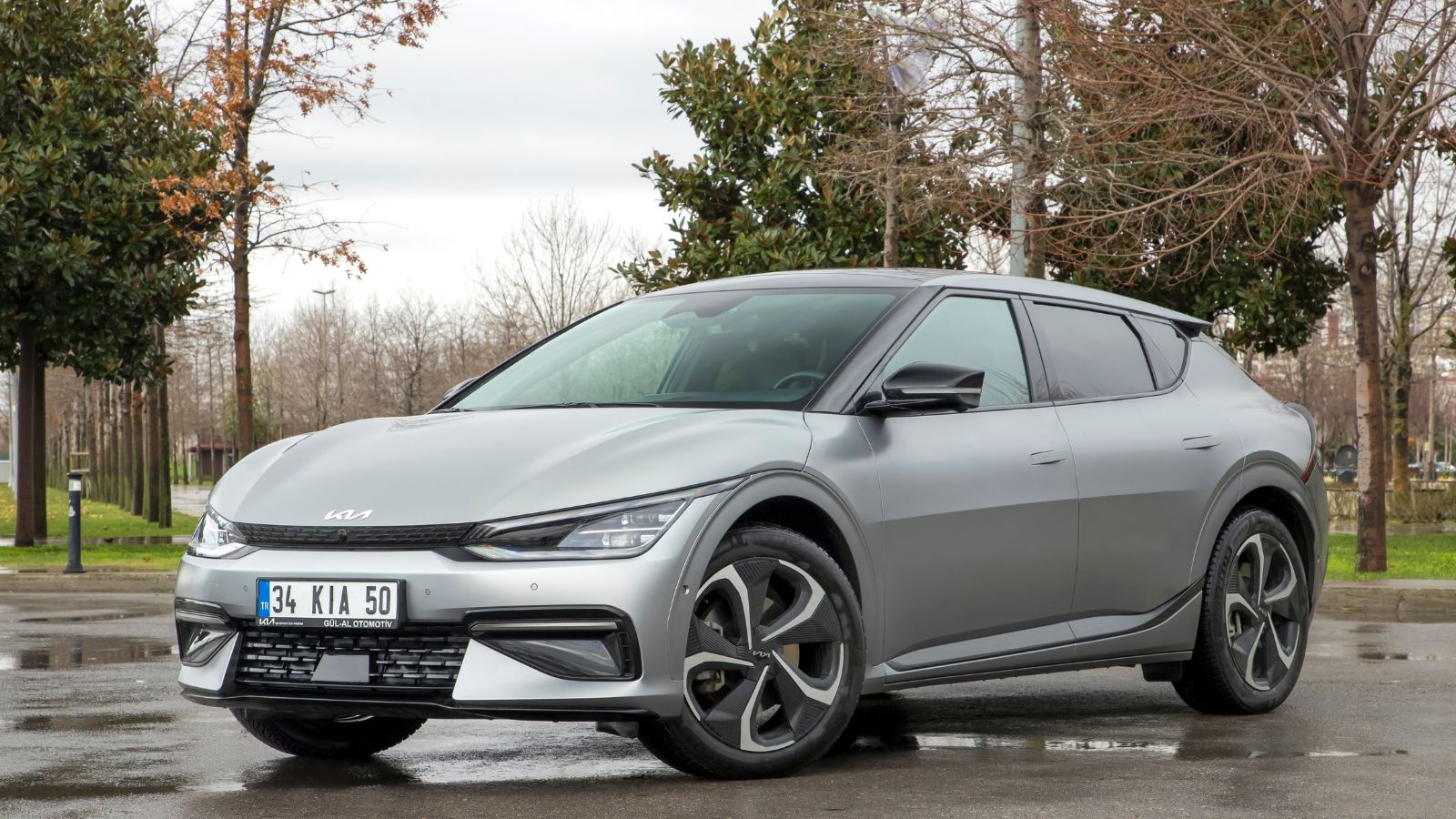
A sibling to the Ioniq 5, the Kia EV6 inherits its E-GMP foundations. The EV6 GT version has 576 horsepower and can accelerate from 0-60 mph in a heart-stopping 3.4 seconds, quicker than some sports cars. Its design language, labeled “Opposites United,” translates into an aggressive, coupe-like SUV with a space-age feel. Inside, the EV6 provides twin panoramic displays, ambient lighting, and vegan leather or suede bucket-style seats. If tariffs send its pricing into the luxury category, many Canadian families could pass on this sporty all-arounder.
MG Cyberster
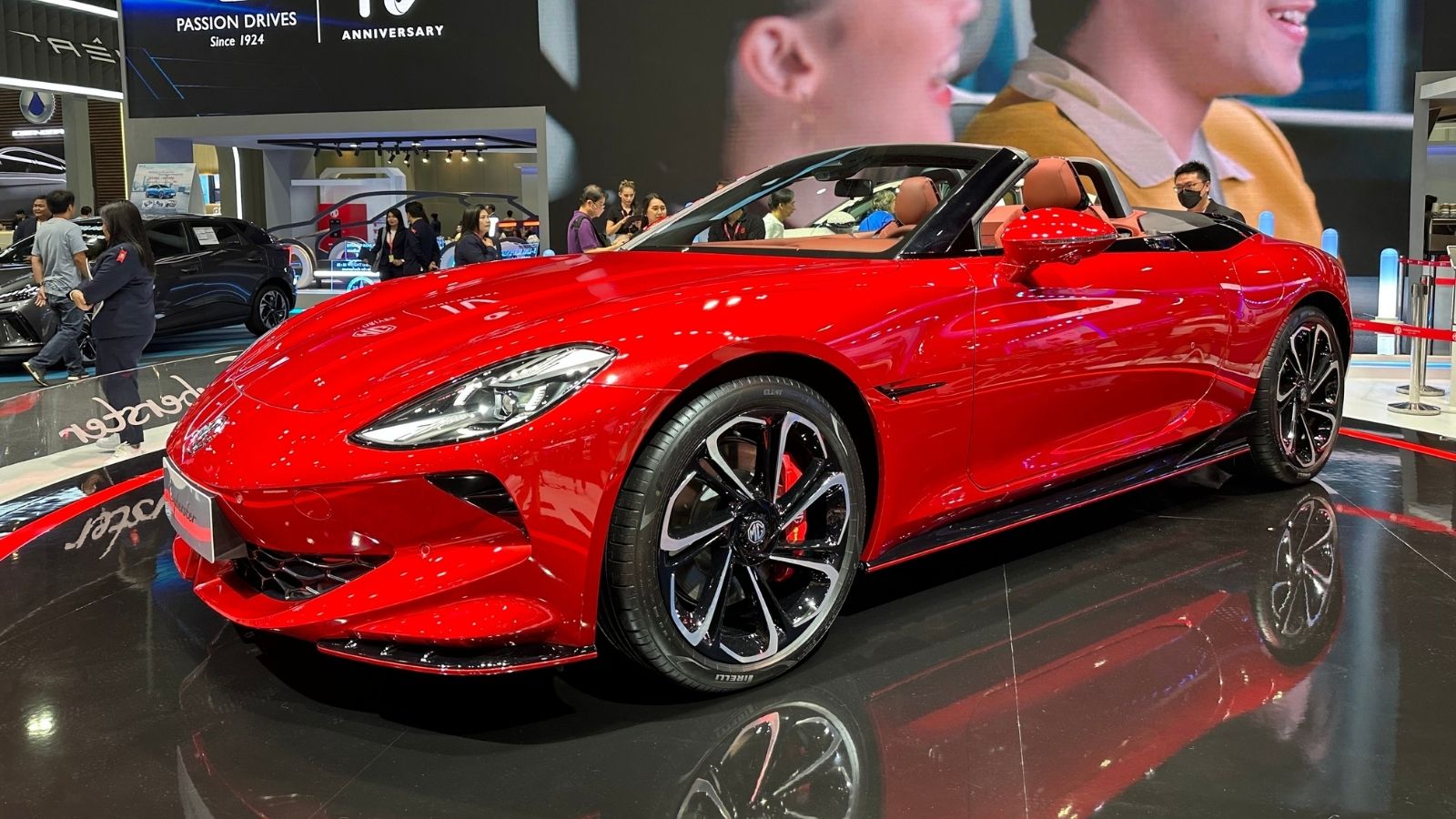
The MG Cyberster is a daring return to the future for MG, debuting in 2024 as a battery-electric roadster. Featuring a dual-motor powertrain in the highest specification and able to accelerate from 0 to 60 mph in a lively 3.2 seconds, the Cyberster combines traditional British roadster and modern EV lines to be half heritage, half cutting-edge innovation. The inside is like being in a video game cockpit with a yoke steering wheel, three digital displays, red leather accents, and aviation toggle switches.
VinFast VF 8
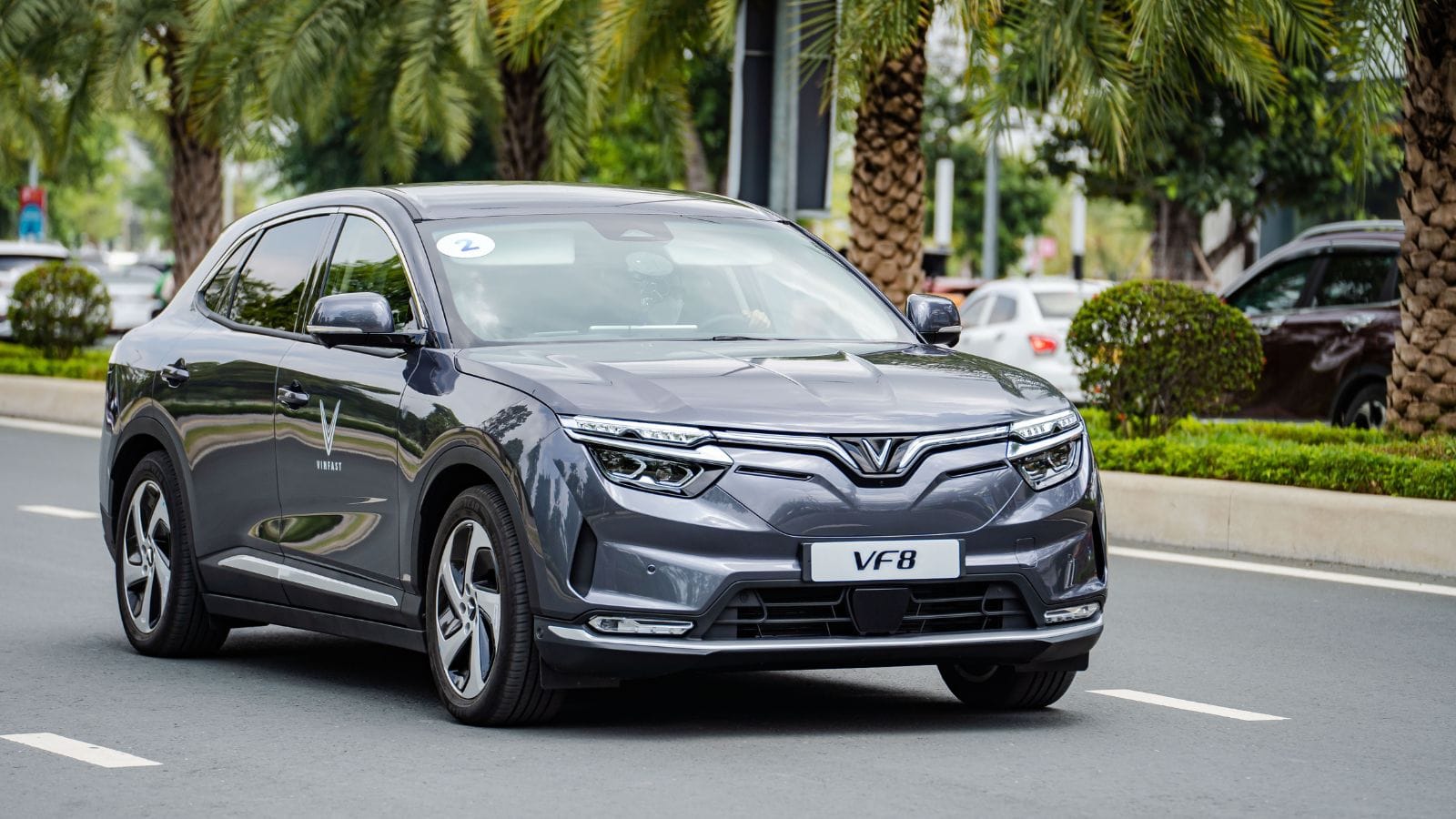
VinFast, Vietnam’s ambitious EV maker, launched the VF 8 in 2022 with a design from the Italian studio Pininfarina. The midsize SUV features a dual-motor AWD powertrain and 402 horsepower, accelerating from 0 to 60 mph in around 5.5 seconds. Its electric motor matches an 87.7-kWh battery, providing a respectable range. The VF 8 interior is utilitarian and tidy, with a minimalist dashboard, a big center touchscreen of 15.6 inches, and a complete absence of a conventional gauge cluster. Materials are synthetic leather, soft-touch plastics, and open-pore wood on higher trims. If the tariffs drive up costs, its most significant selling point will be gone.
BMW i4
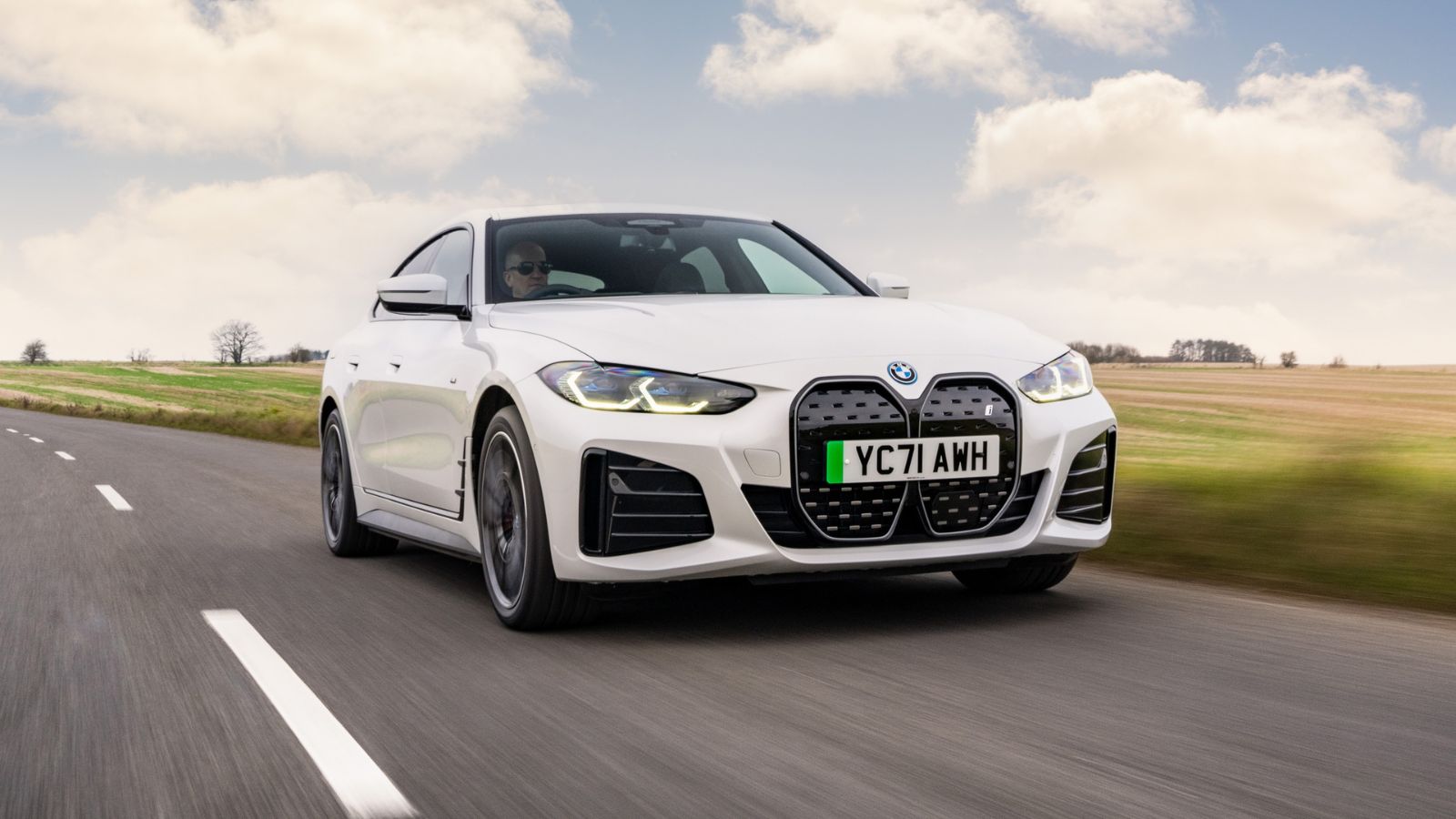
The BMW i4 debuted in 2021 as the latest move for BMW toward performance-driven electric sedans. In its M50 version, the i4 delivers 536 hp and accelerates from 0 to 60 mph in only 3.7 seconds. Inside, the i4 is unmistakably BMW, with premium leather, a sweeping digital display covering both the instrument cluster and infotainment, and signature blue M highlights for an added sporty flair. It combines classic luxury and modern tech, perfect for those who like their EVs with a bit of Bavarian attitude.
Audi Q4 e-tron
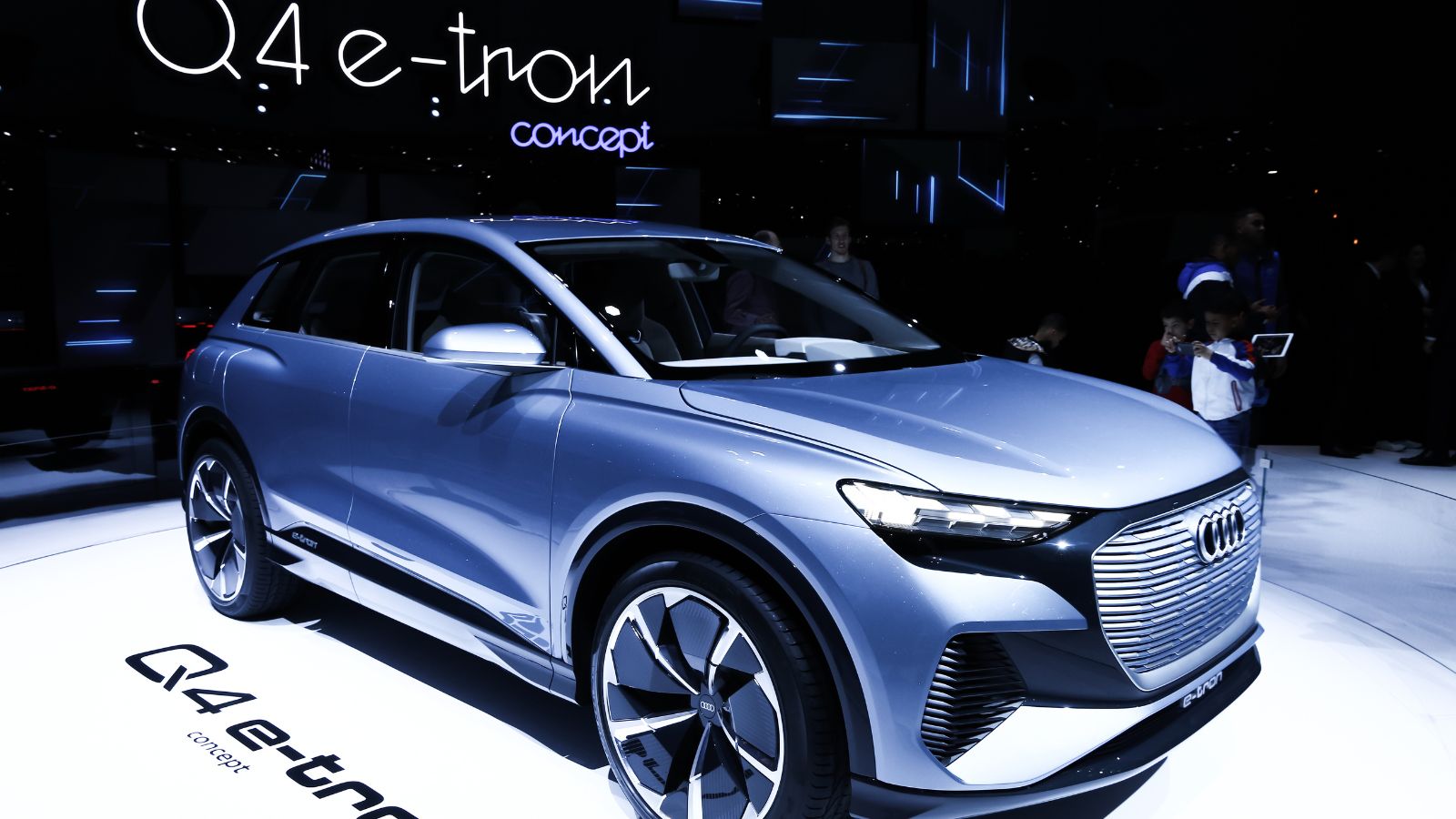
Introduced in 2021, the Audi Q4 e-tron is the German automaker’s entry into the compact electric SUV market. A full electric powertrain powers it and comes in either a single-motor rear-wheel-drive configuration or a dual-motor all-wheel-drive model. The interior of the Q4 e-tron reflects Audi’s minimalist luxury. The cabin boasts a futuristic floating center console, ambient lighting, a 10.1-inch MMI touchscreen, and a 10.25-inch digital instrument cluster. In its dual-motor version, the Q4 e-tron accelerates from 0 to 60 mph in around 6.2 seconds, offering practicality and enthusiastic performance.
Mercedes-Benz EQB
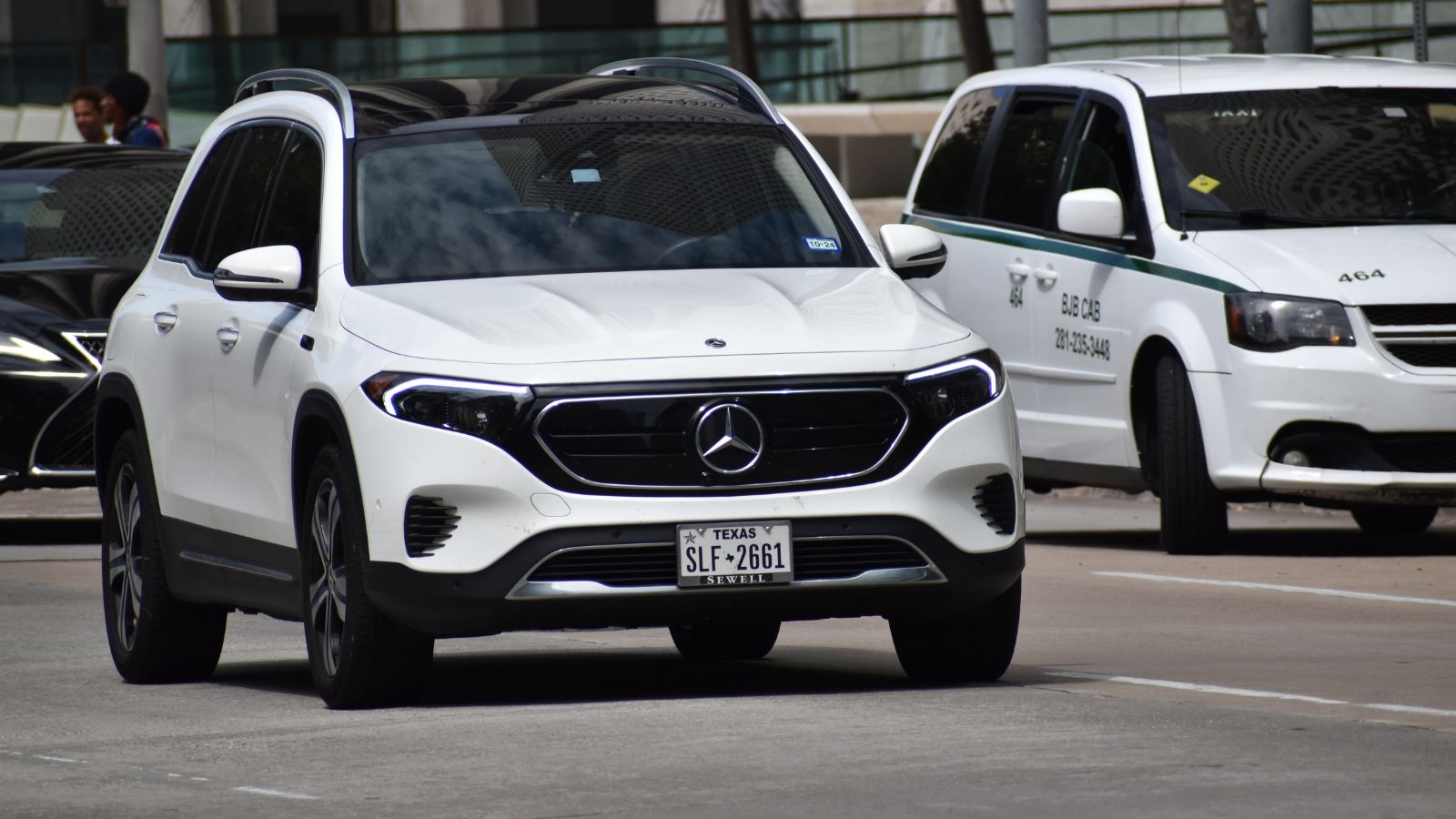
The 2022 Mercedes-Benz EQB is an electric cousin of the GLB-class crossover. Depending on the model, it features a sophisticated electric powertrain with front- or all-wheel-drive capability. The EQB’s interior is a masterclass in compact luxury. It has turbine-style air vents, a dual-screen system with a 10.25-inch digital instrument display and infotainment screen, and premium upholstery in vegan leather. The interior is also versatile, with an optional third row. It also goes from 0 to 60 mph in around 6.0 seconds.
Nissan Ariya
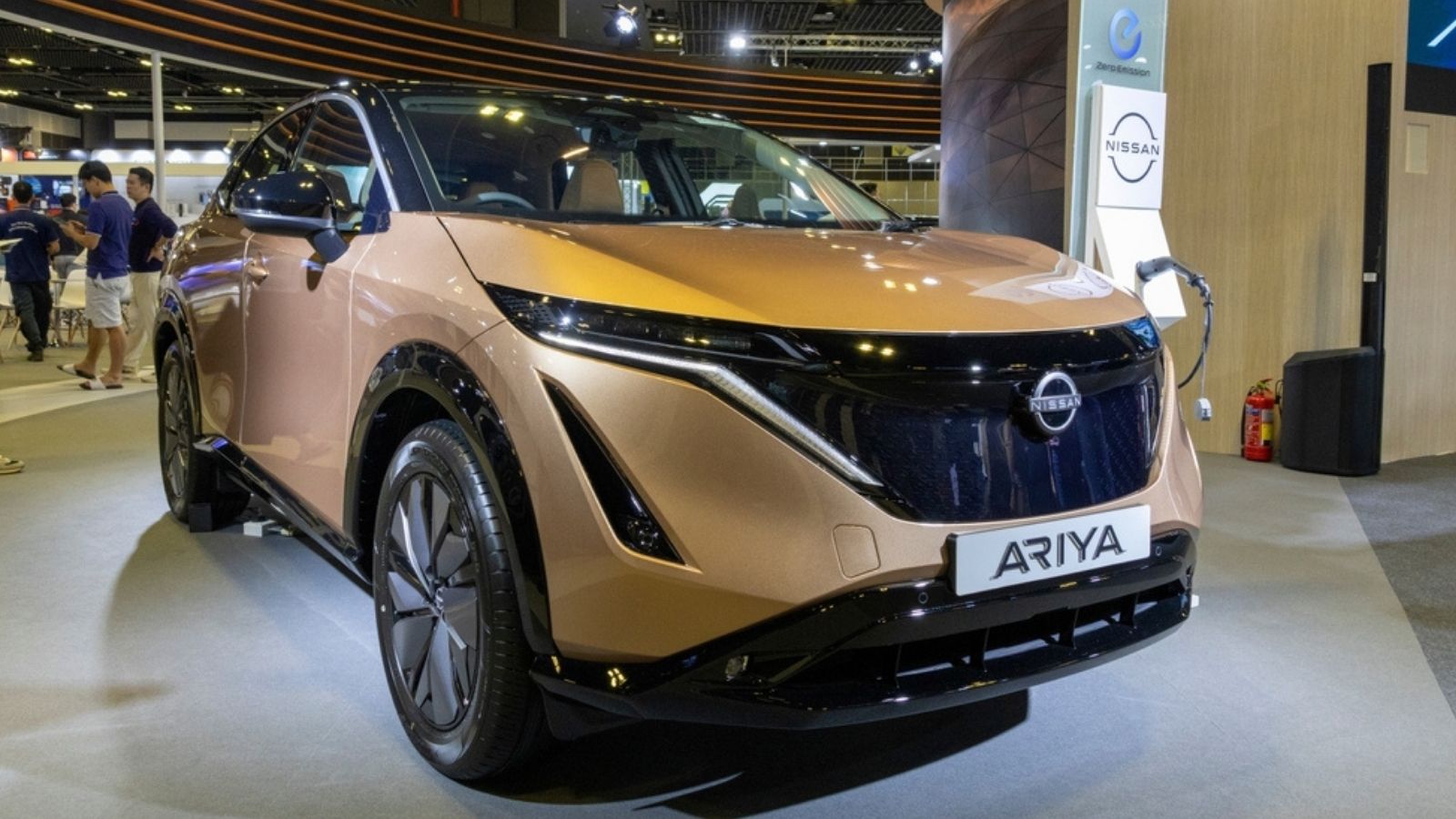
Nissan’s Ariya was launched worldwide in 2020 and landed in North American showrooms by 2022. Constructed upon the Renault-Nissan-Mitsubishi Alliance’s CMF-EV platform, the Ariya has one or two motors (front-wheel drive) (e-4ORCE AWD). The Ariya boasts a smooth, lounge-like interior. The cabin includes minimalist haptic touch controls embedded within the wooden dashboard trim and Nissan’s Zero Gravity seats for long-distance travel. Depending on the configuration, it accelerates from 0 to 60 mph in around 5.0 to 7.5 seconds.
Toyota bZ4X
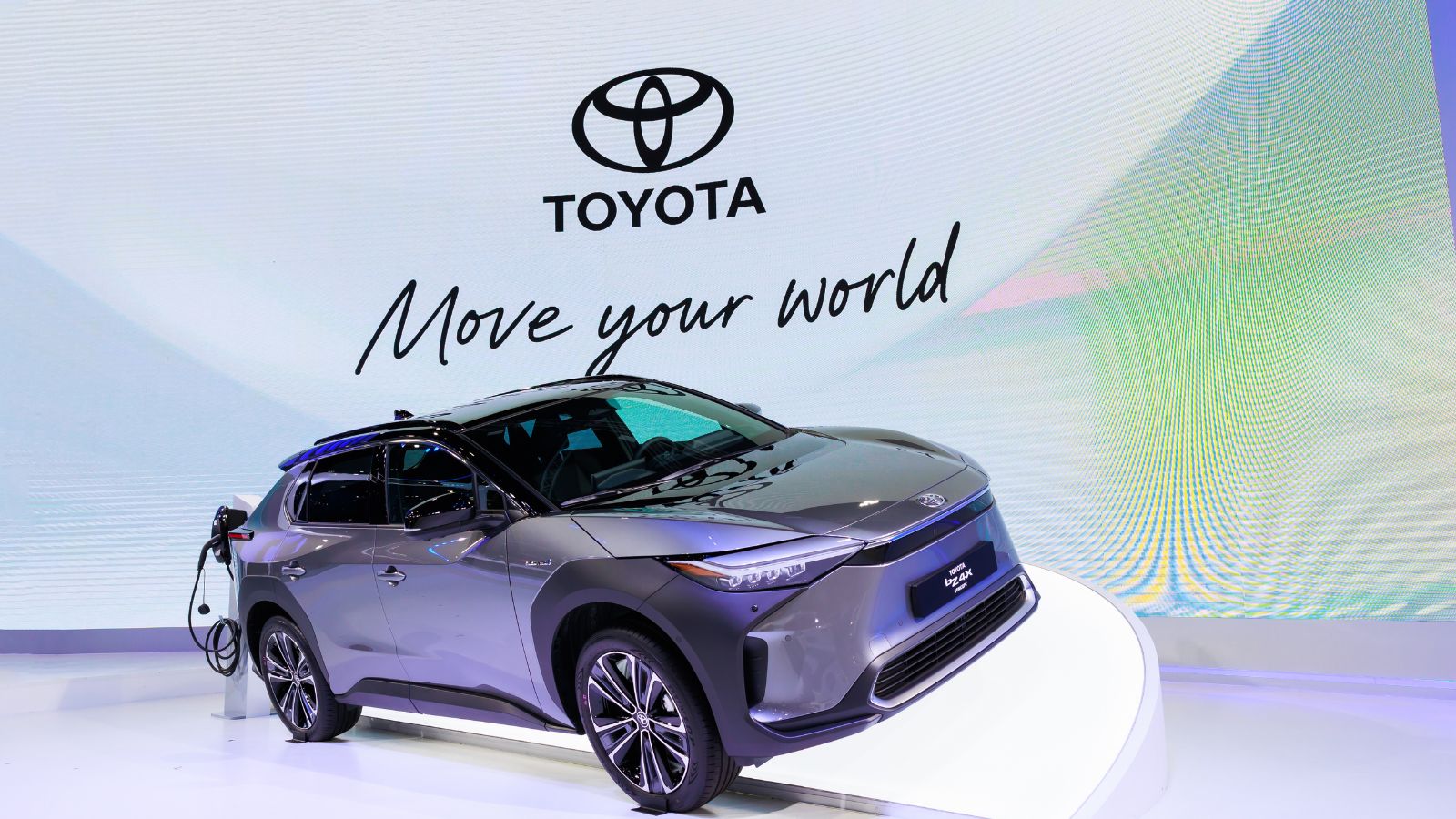
Toyota’s bZ4X, launched in 2022, is the company’s first serious foray into the EV space under the “Beyond Zero” badge. Developed by Toyota’s global design team with feedback from both Japanese and Californian studios, it uses a platform shared with the Subaru Solterra. The bZ4X is powered by an all-electric powertrain in front-wheel and all-wheel-drive configurations. The interior is unusually avant-garde for Toyota, featuring a low-profile digital instrument cluster that sits above the steering wheel, a big 12.3-inch infotainment screen, and recycled materials throughout. Performance-wise, the AWD model can accelerate to 60 mph in approximately 6.5 seconds.
Subaru Solterra
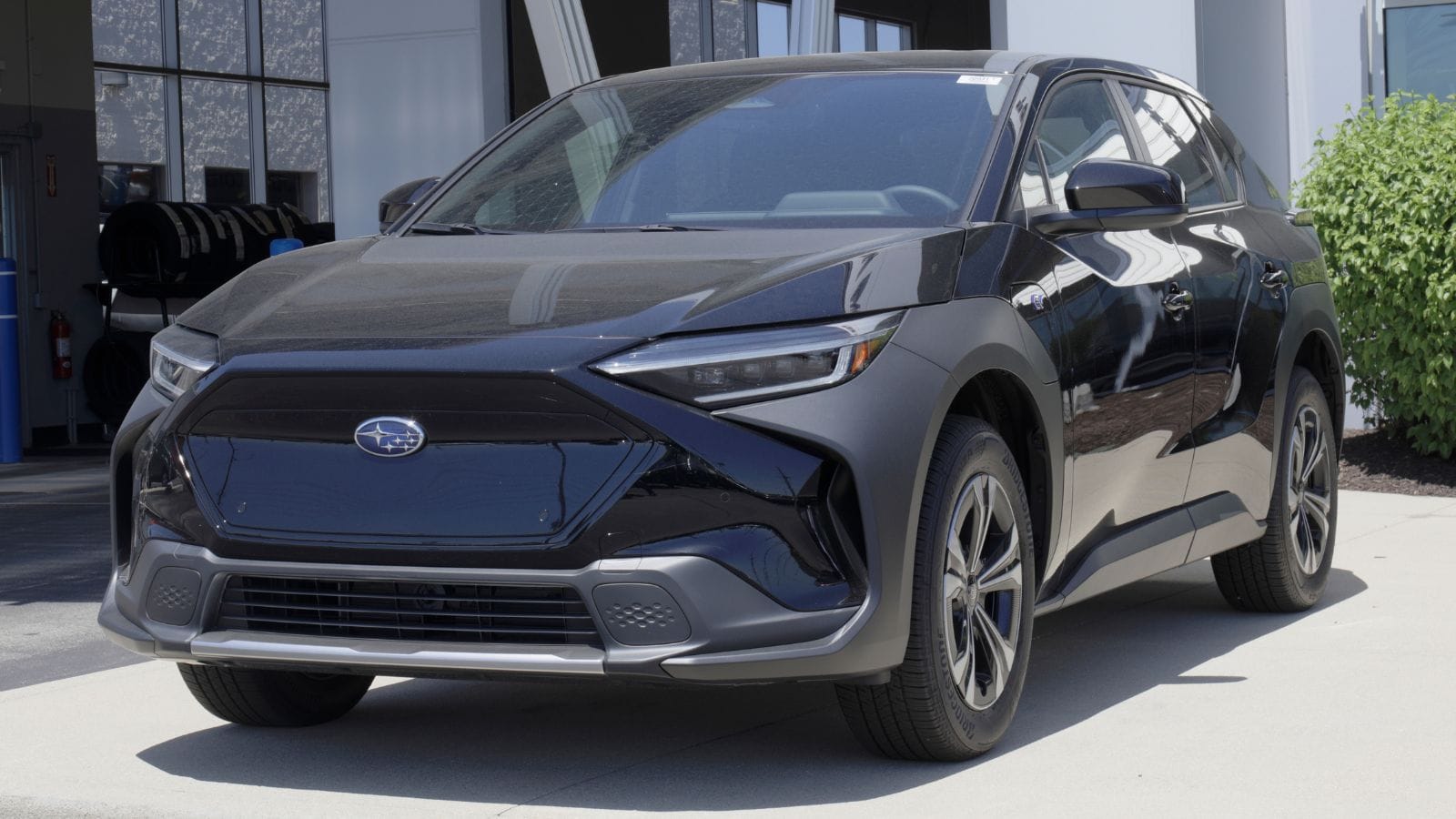
The Solterra joined the bZ4X when it debuted from Subaru in 2022. It has dual electric motors on an axle for on-demand all-wheel drive. Interior-wise, the Solterra divides its attention between sustainability and Subaru’s usual practical bent. A large touchscreen infotainment system stabilizes the dashboard, and the digital gauge cluster perches atop the steering wheel. The interior is made of soft-touch, sustainable materials and provides generous head and legroom, even in the back. The 0 to 60 mph run is accomplished in roughly 6.5 seconds.
Honda Prologue
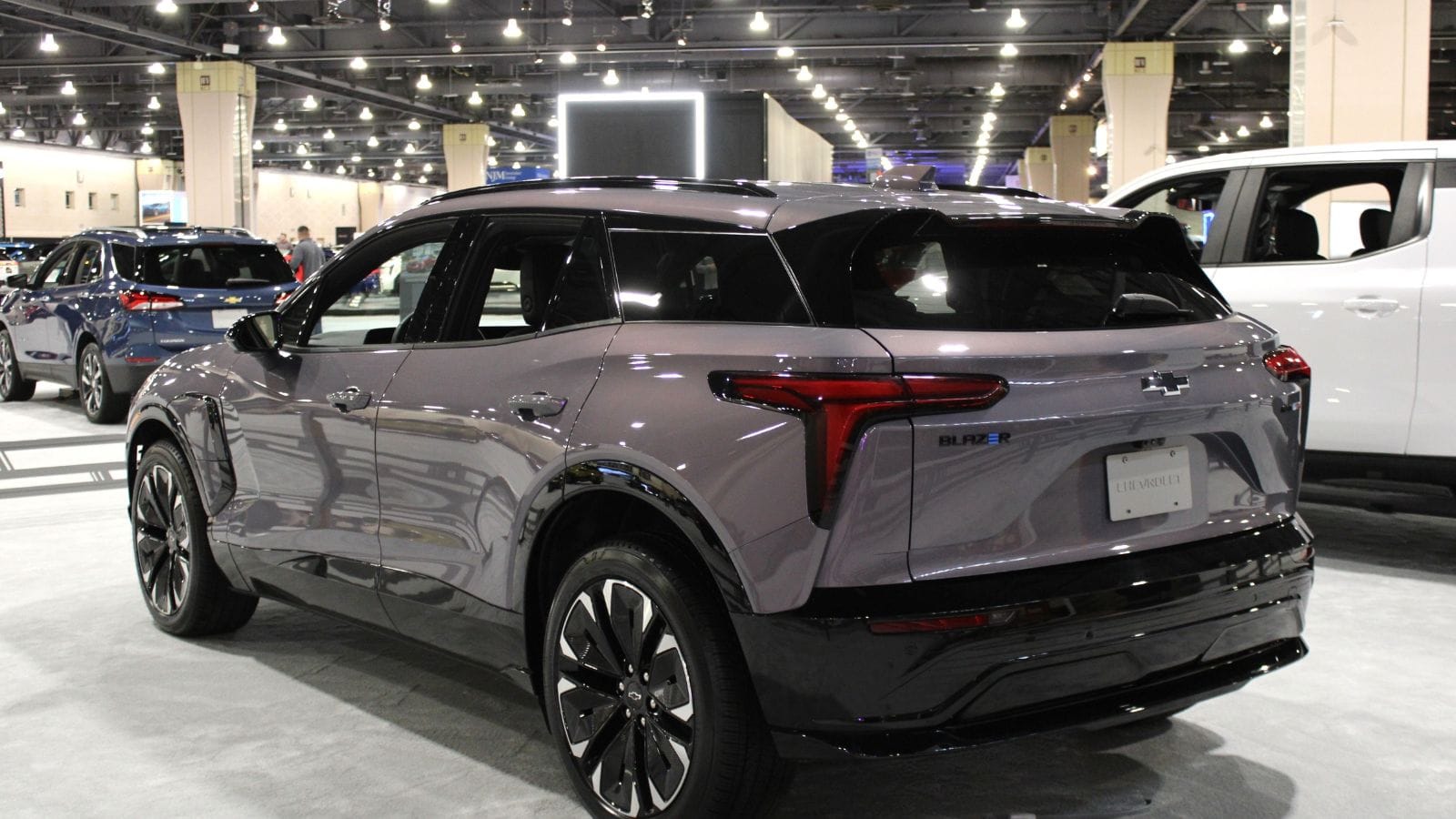
The Honda Prologue represents Honda’s initial major entry into the electric SUV market. It is built on General Motors’ Ultium platform with a fully electric powertrain and extensive range capabilities. The interior is focused on space and minimality with a horizontal dash arrangement, an 11-inch digital instrument display, and an 11.3-inch center infotainment display. The seats are trimmed in premium synthetic leather, and the interior has sustainable materials. With a projected 0 to 60 mph acceleration of less than 7 seconds, the Prologue combines daily drivability and dynamic performance.
Ford Mustang Mach-E
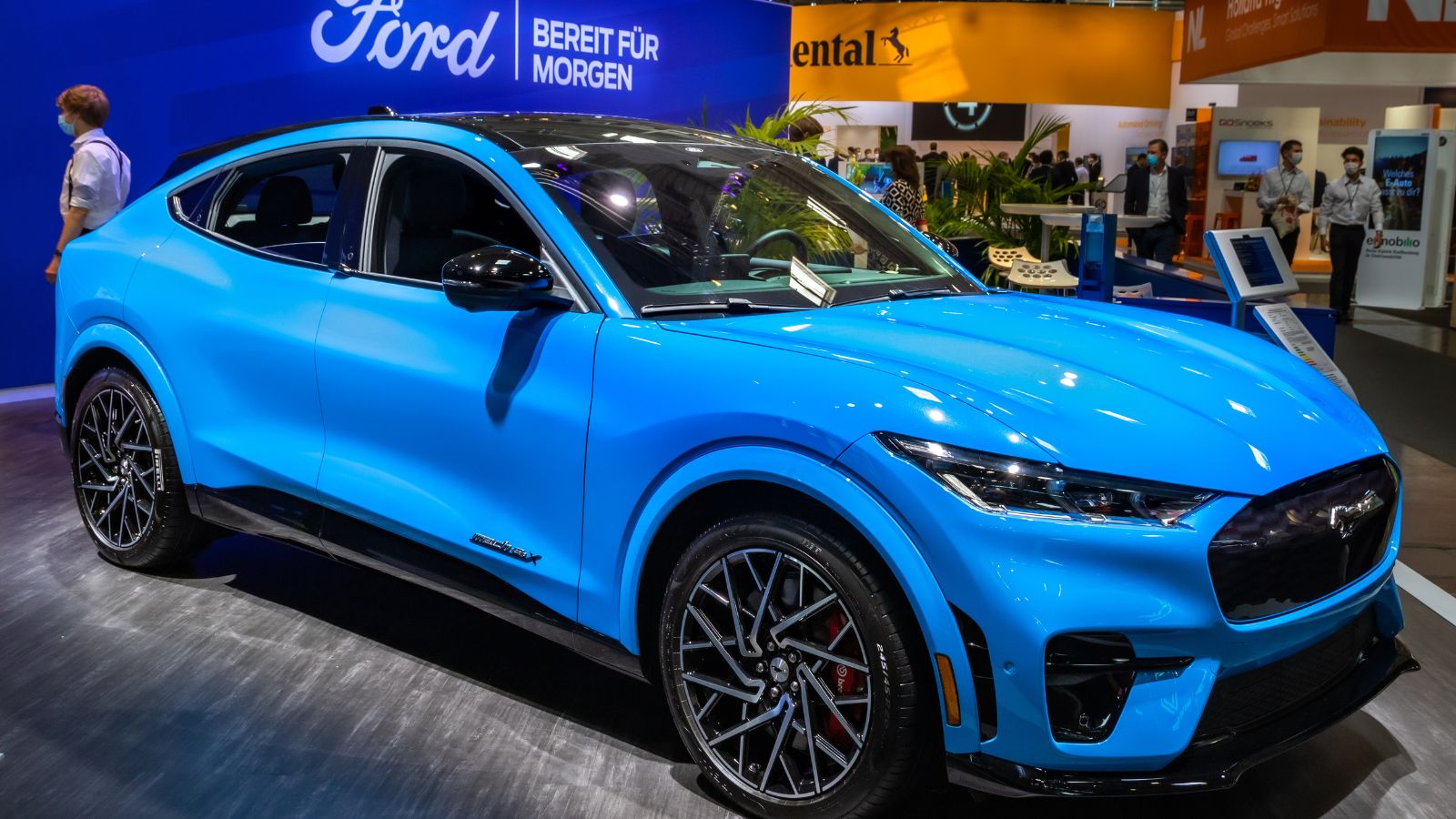
Ford rattled the EV establishment with the late 2020 introduction of the Mustang Mach-E. This SUV-bodied EV is available with rear- and all-wheel drives and has a GT performance variant that takes its abilities to the next level. The Mach-E has a bold and minimalist interior with a huge 15.5-inch vertical touchscreen run by Ford’s SYNC 4A system. A digital driver instrument cluster and panoramic fixed-glass roof help provide a roomy and technology-laden experience. The GT model accelerates from 0 to 60 mph in only 3.5 seconds.
Chevrolet Blazer EV
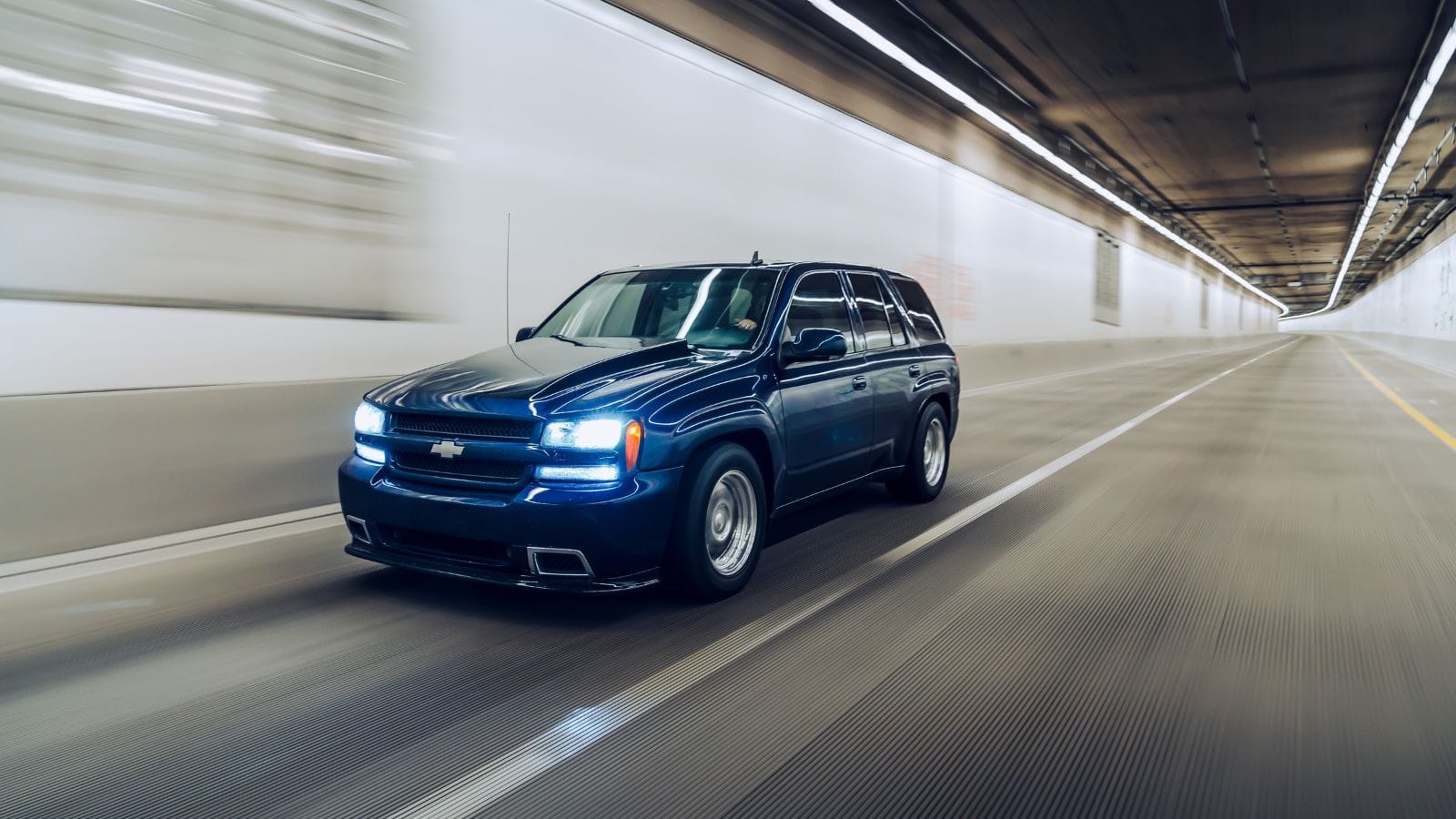
Developed by GM’s Global Design team, this midsize SUV is based on the Ultium platform and produces up to 557 horsepower in its SS performance version. The Blazer EV’s interior is sporty and driver-focused. An enormous 17.7-inch infotainment touchscreen overwhelms the dashboard, supplemented by an 11-inch digital instrument cluster. The cabin features contrast-stitched seats, a flat-bottom steering wheel, and programmable ambient lighting. It’s high-tech but unapologetically Chevy. In its SS trim, it accelerates from 0 to 60 mph in less than 4 seconds.
Fisker Ocean
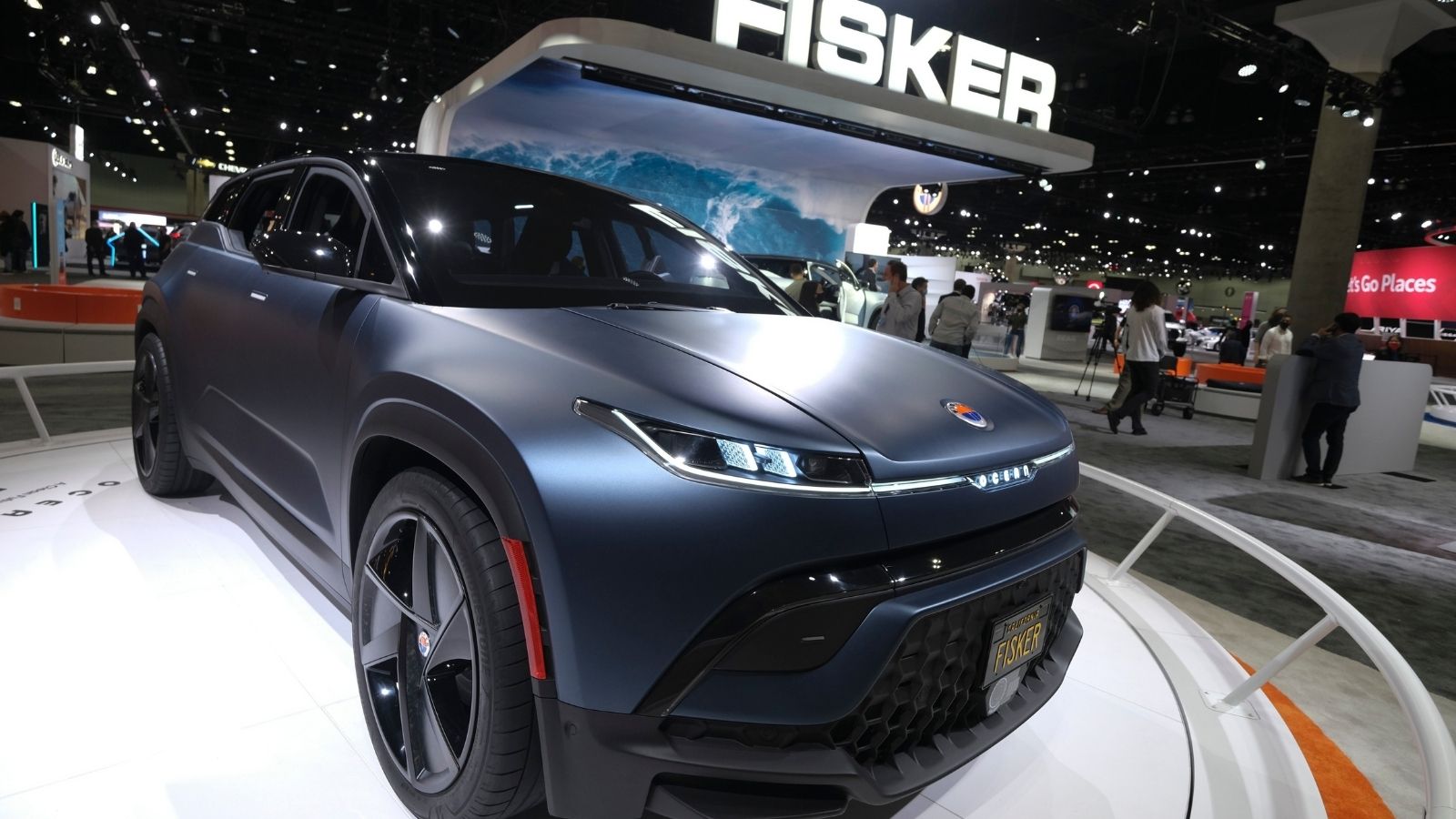
The Fisker Ocean debuted in 2023 as an electric SUV centered on sustainability. It comes powered by a single or dual electric motor layout, with front- or all-wheel drive, and is constructed atop a light platform. The interior of the Ocean is one of the most environmentally friendly in its segment, using recycled carpet, eco-suede, and even upcycled fishnets. The interior also features a solar roof on upper trims, vegan leather seating, and an open-air “California Mode” for all-glass folding. The Ocean Extreme trim accelerates from 0 to 60 mph in only 3.6 seconds.
Rivian R1S
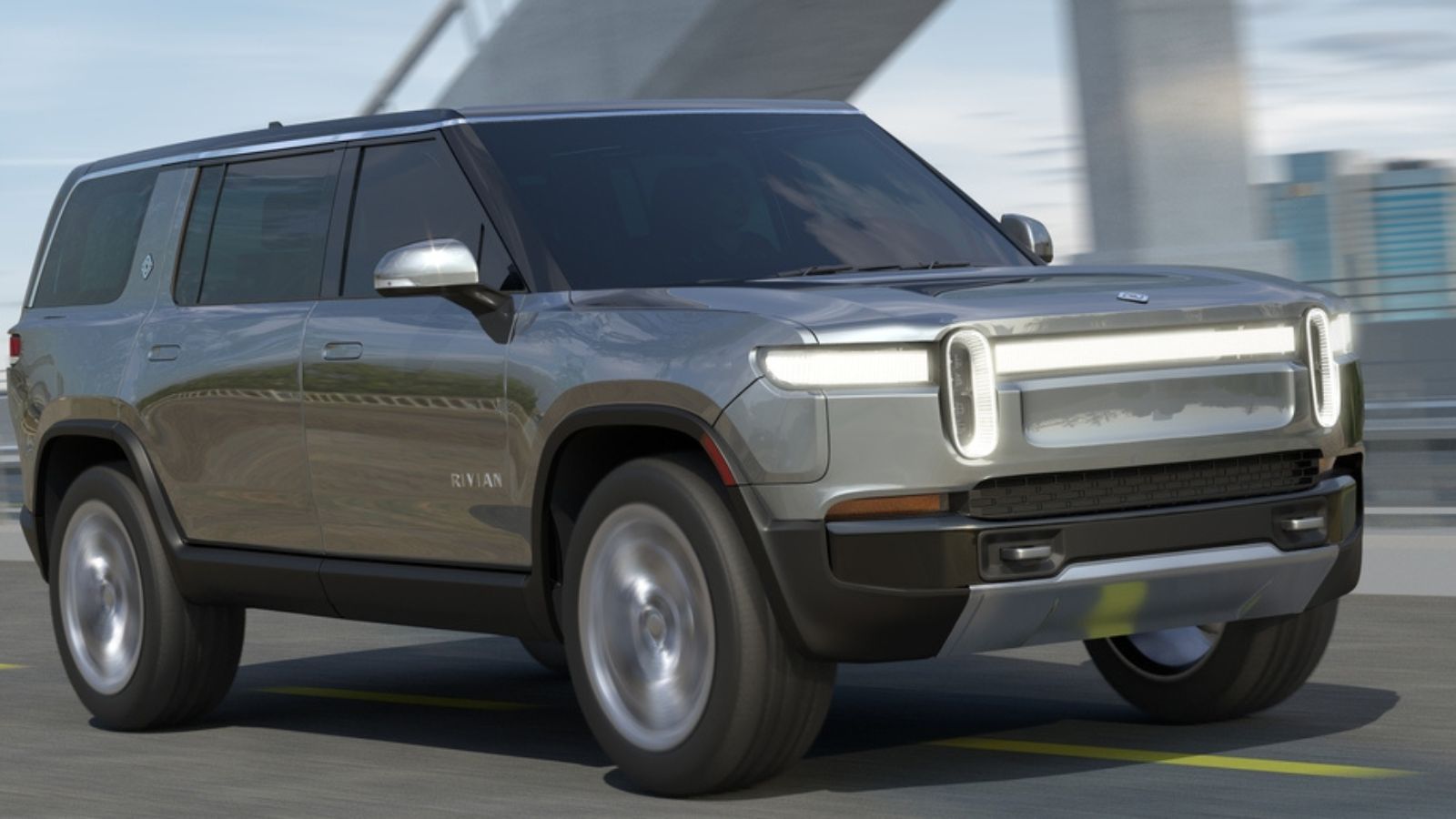
The Rivian R1S is a 2022 full-sized all-electric SUV that offers tough sophistication and embodies the adventurous nature of the Rivian brand. The R1S provides up to 835 horsepower and exhilarating performance with a 0 to 60 mph time of approximately 3 seconds. The interior is trimmed with a luxurious but practical design, with sustainably sourced wood, vegan leather, and metal trim. A 15.6-inch center touchscreen, 12.3-inch driver display, and 6.8-inch rear touchscreen keep the cabin up-to-date.
Lucid Air
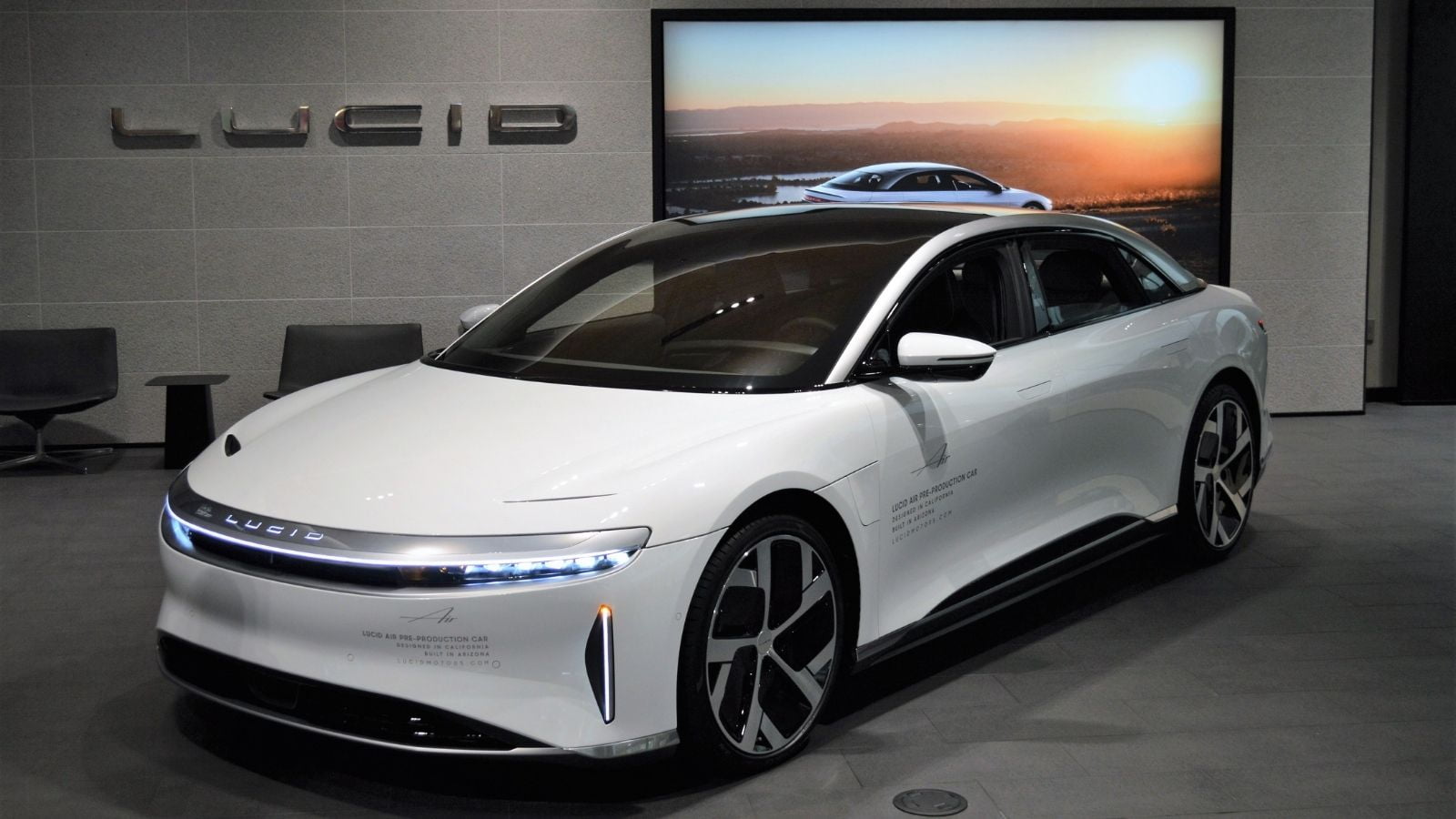
Lucid Motors launched the Lucid Air in 2021 as a Tesla Model S competitor. The luxury electric sedan is powered by dual- or tri-motor setups that yield mind-boggling output of up to 1,200+ horsepower in high-end trims. The Air’s interior is a mix of future-oriented style and eco-friendly craftsmanship. The glass canopy roof that floats, the 34-inch curved Glass Cockpit screen, and the center retractable screen provide a driver-centric yet luxurious environment. Options for upholstery include alpaca wool blends and leather-alternative materials. Its acceleration is breathtaking at 0 to 60 mph in 2.5 seconds in the Dream Edition.
18 Budget-Friendly Electric Cars That Last Longer Than Their Loans — Economical Electrics
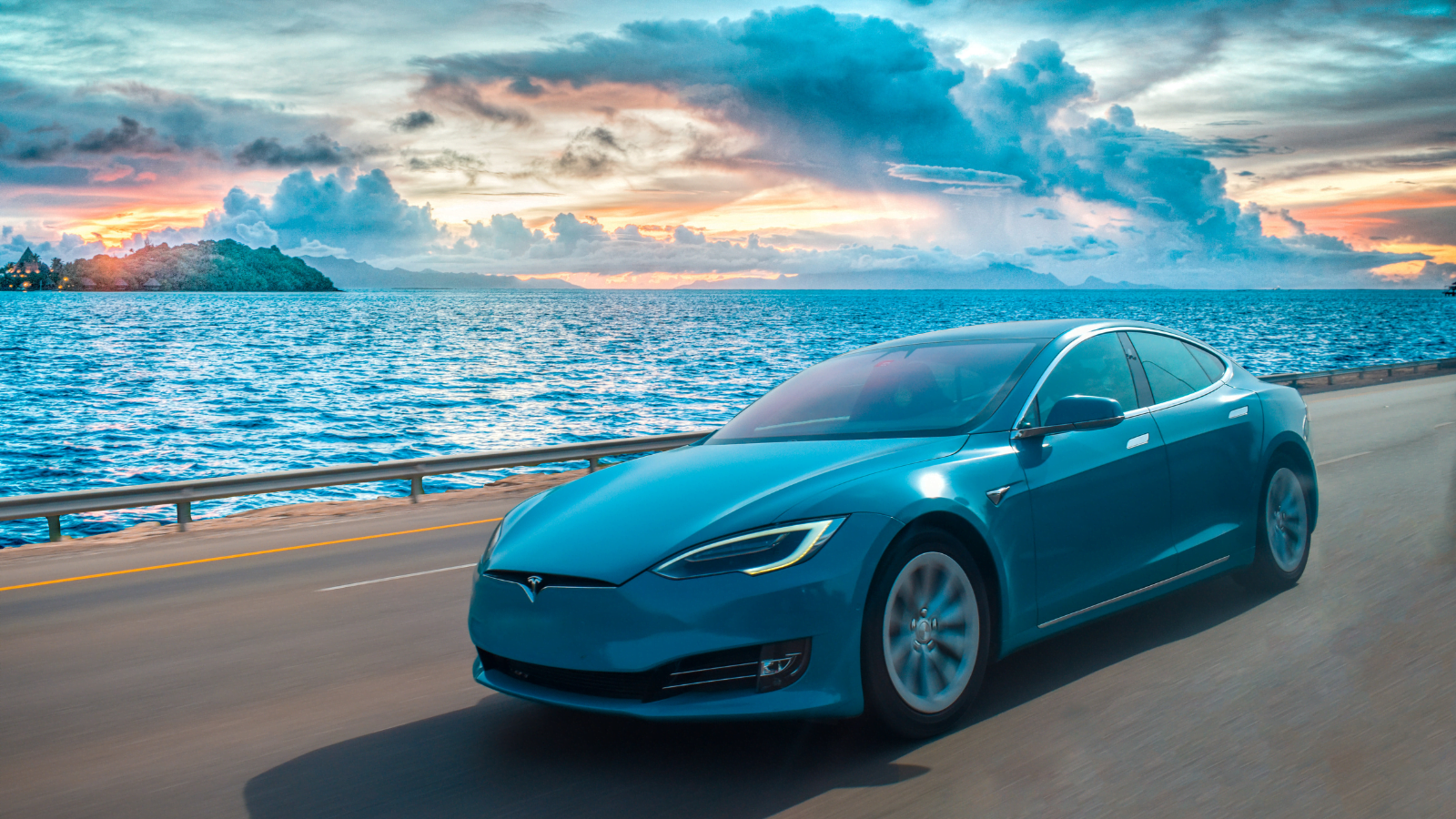
Electric vehicles are no longer a luxury for the elite—they’re a smart investment for the everyday driver. With manufacturers stepping up to the plate, affordable EVs now deliver on reliability, range, and modern comforts. Here’s a look at 18 economical electric cars engineered to outlast their payment plans.
18 Budget-Friendly Electric Cars That Last Longer Than Their Loans — Economical Electrics
